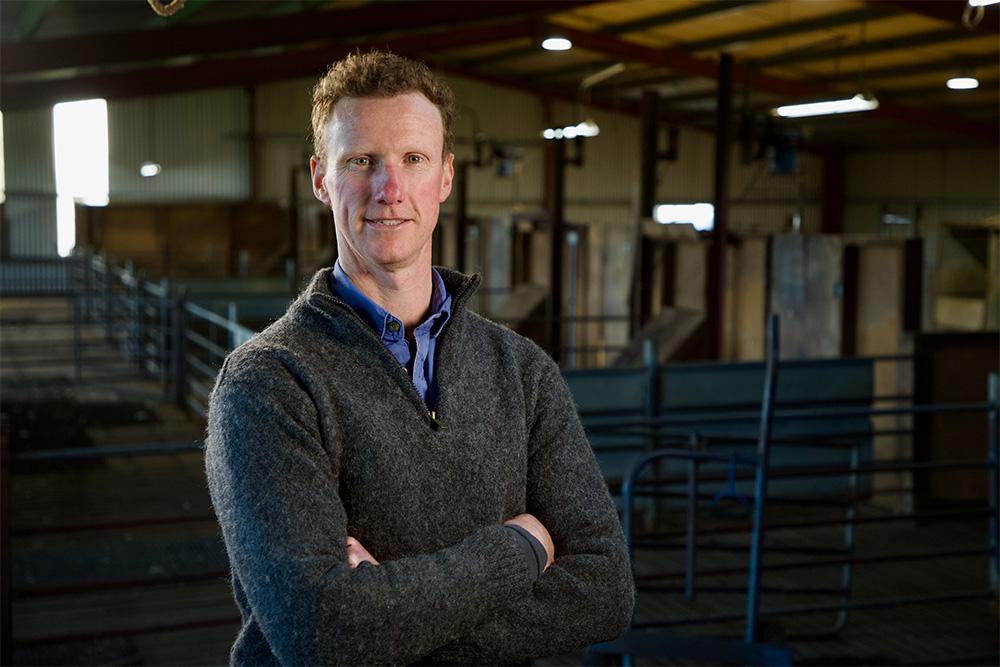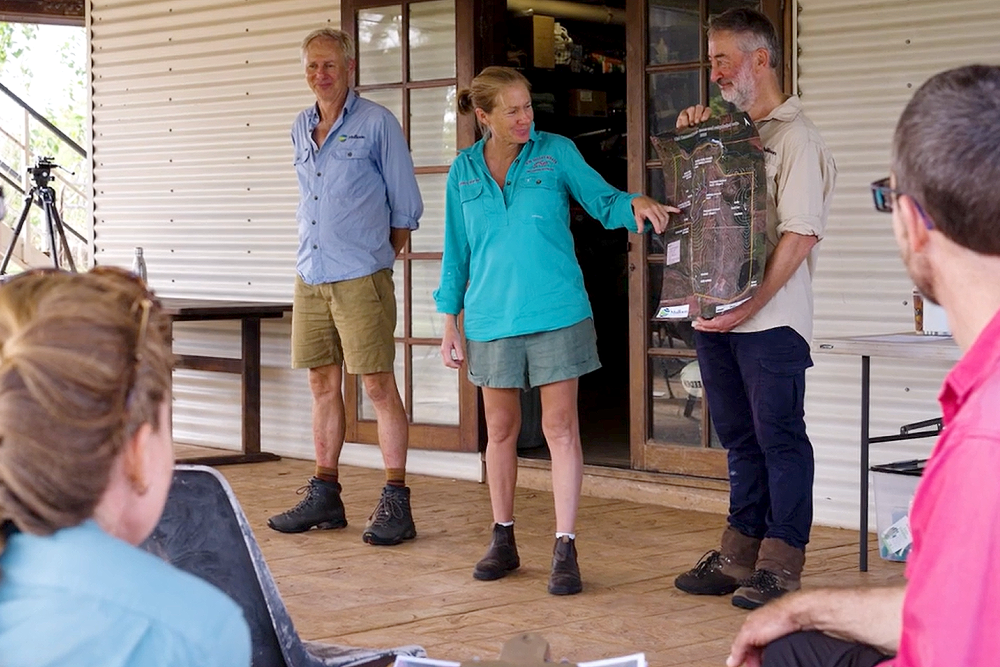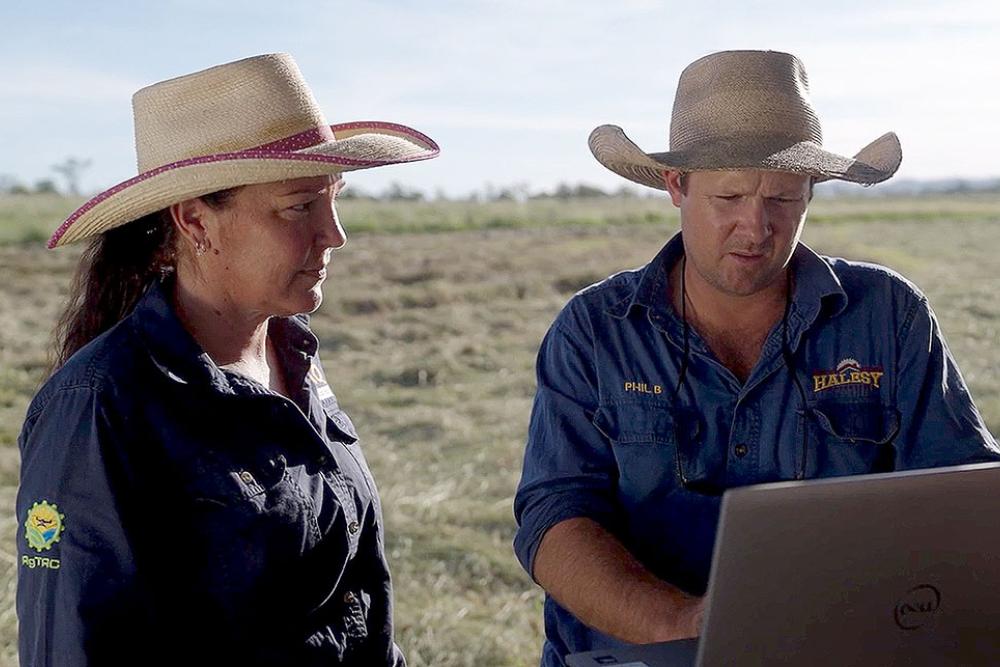Julie Freeman first came to Western Australia’s northern Wheatbelt as a graduate teacher.
The best way she found to get to know people in the small rural town of Mullewa was through volunteering.
“There comes a point, particularly in a small community, where if you’ve got some skills that are useful, people start turning to you to ask for help. That’s when you start to think about leadership,” Julie said.
After giving up teaching, Julie was looking for ways to expand her community service.
She credits the Future Drought Fund’s Drought Resilience Leaders Program delivered by the Australian Rural Leadership Foundation with empowering her to become a champion for climate resilience in her region.
“Climate change is going to have an impact on the frequency and severity of drought.
“If we have really strong social connections in the community then I think we can weather most storms.”
Julie said her participation in the program means Mullewa now has “something in reserve for when things get tough”.
“Having been through drought in the past, having been through a cyclone, and having been through this fabulous course—I feel more confident about responding next time a crisis arrives.”
See how the Future Drought Fund is building drought resilience leaders like Julie
Video duration 5 mins 25 secs
Introduction
This is the transcript of a video case study produced by the Australian Rural Leadership Foundation for a project funded by the Future Drought Fund.
Learn more about the Future Drought Fund’s Drought Resilience Leaders Mentoring Program.
Transcript
[Recording begins]
Bec Marshall [0:08]:
When you live in the City, you don't have a full understanding of what regional Australia really is like. Since living here and immersing myself into, it has given me much greater understanding of their restraints that people in regional Australia really have.
Rod Campbell [0:28]:
People choose to live here. People are really the opportunity to solving some of these really tricky problems, like drought and environmental impacts. This year I completed the Drought Resilience Leadership Development Program and it gave me an opportunity to listen to new ideas, meet new people, hear their story, and make some connections with other emerging leaders out there.
Milton Milloy [0:50]:
There's lots of different ways to lead and you've got to be open to change to make good leaders.
Bec Marshall [0:57]:
> You can be a leader by the skills that you have or the knowledge that you have. I also wanted to learn how to be a leader without being a leader, so working out how to use these skills and lead the community that I live in.
Julie Freeman [1:10]:
There comes a point, particularly in a small community, where if you've got some skills that are useful people start turning to you to ask for help. And that's when you really start to think about leadership and about what you can contribute in that role.
Milton Milloy [1:34]:
The challenges around drought not only affects the farmers and their income, the ongoing challenge with community is then there's not as much employment going on, not as much money circulating within the community. Repercussions of that are massive like dropping a rock in a pond. The ripple goes out and out and out. It affects more than just the farmers.
Julie Freeman [1:49]:
What the Drought Resilience Leadership Program gave to me was a really clear picture of how expansive my role could be in this community. If we have really strong social connections in the community then I think we can weather most storms.
Tamsin Scholz [2:08]:
From my perspective and sort of what I am able to help my community with is building that sort of support network so that people understand they're not alone. Part of what I did with the Drought Resilience Leadership Program was to apply for some grant funding for some recording equipment and with that I've started a podcast called ‘Tales of Eyre’. Talking with people in the local community about who they are, where they come from, and then also talking to them about how they cope with stress and dealing with the distresses that come with farming as an industry. I would hope that I can inspire people to get more involved in whatever way which benefits the community because there's always going to be another drought even if we're not in one at the moment.
Claire Webber [2:57]:
Being part of a small community, I think that it's really important that there's positive role models and I'd like to think of myself as one of those. What is important as part of community resilience is that we have really strong community understanding and support of what we do. It really fills my bucket to get out there and help other people and I really feel a huge sense of connection to my community and everyone in it.
Rod Campbell [3:28]:
The Drought Resilience Leadership Program was such a game changer for me. After the program, we ran a workshop and the outcomes of that hopefully help us better understand when a drought does happen again how farmers can be better supported to make better decisions to manage not only their livestock but their environmental assets and, you know, their personal health as well.
Bec Marshall [3:39]:
Prior to me moving to Wentworth, the region had gone through a very long period of drought. We are now in floods, the complete opposite. Kkills that I learned in the program are helping me work through this process but also helping the community work through the process.
Claire Webber [4:04]:
You know, I know I've done the training now and that actually just builds my confidence. So, I have the confidence to walk into that room or say yes to that project or stand up for myself or manage that conflict in a way that I might not have had before doing the course.
Milton Milloy [4:21]:
It certainly changed the way I deliver my own leadership and actually gave me a little bit more belief in myself too. So, that I have ideas I need to be able to bring them out and express them in in a way that's understood by the cohort of people that I'm that I'm trying to deliver to.
Julie Freeman [4:37]:
Having been through drought in the past, having been through a cyclone, and having been through this fabulous course, I feel more confident about responding next time a crisis arrives.



